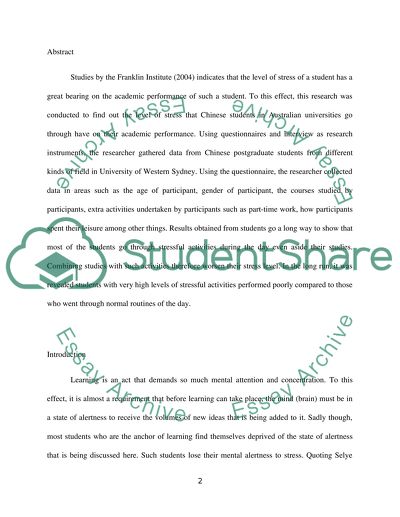Cite this document
(“The Stress Level and Academic Performances for Chinese Overseas Research Paper”, n.d.)
Retrieved from https://studentshare.org/education/1423656-the-stress-level-and-academic-performances-for
Retrieved from https://studentshare.org/education/1423656-the-stress-level-and-academic-performances-for
(The Stress Level and Academic Performances for Chinese Overseas Research Paper)
https://studentshare.org/education/1423656-the-stress-level-and-academic-performances-for.
https://studentshare.org/education/1423656-the-stress-level-and-academic-performances-for.
“The Stress Level and Academic Performances for Chinese Overseas Research Paper”, n.d. https://studentshare.org/education/1423656-the-stress-level-and-academic-performances-for.


